Emily Rems | October 31, 2024
One of the most unnerving things about feeling haunted in real life is how difficult it can be to figure out why. Without the benefit of a creeping cinematic soundtrack or an award-winning special-effects department, our surroundings maintain their patina of absolute normalcy, even while our instincts are shrieking like a 2 a.m. car alarm. It is this duality, and the adrenalizing dread it engenders, that lies within the dark, beating heart of Ocultos, the new collection of interconnected stories by Spanish comics artist Laura Pérez.
An intriguing companion to Pérez’s previous graphic novel published in English, Totem—released by Fantagraphics in 2023—Ocultos similarly employs a subdued, minimal palette, and delicately precise pencil lines, to delineate concreate realities about to give way to something more mystical. For example, in the wordless, yet chillingly effective early chapter titled “12:33,” very little actually happens. A young man, alone in his apartment—inked in evocative black, white, and steely gray/blue—makes some food, washes his dish, looks out his window, and gets in bed. The only indicators that something may be a little off, are his occasional sidelong glances over his shoulder, telegraphing the troubling sensation of being watched. “Who is stalking him?” the reader is seduced into wondering each time a frame draws us once again toward the man’s searching eyes. “Is he in danger?” Only when we reach the final frame of the story, in which the perspective forces us to peek at him through a gap in his partially open bedroom door, do we realize that the predatory peeper is, in fact, us.

This sensation of being watched also unnerves the pregnant protagonist of the story “Play.” “At night it’s worse,” she confides. “I hear noises close by. But no matter how hard I look. I never see anything.”

A year later, after her kid is born and she’s settled into her parenting routine, the new mom brushes the whole thing off with a placid smile. “It was probably just stress,” she reasons. “I’ve been more relaxed since Jaime was born.” But five panels later, a startling image of the baby in his room reveals that mom may have had reason for concern after all.
The lines between the realms of the real and the imagined blur even further in the following story, “Atavistic.” In an abrupt departure from the predominantly black, blue, and white world Pérez had previously established, the woman in this story slips out of bed (or does she?) only to find herself face-to-face with a giant, masked, tribal figure adorned with yellow paint and feathers and cowrie shells, who wordlessly escorts her somewhere either entirely new, or very, very old.

It’s hard to know whether to feel terror or delight for this woman as she’s led farther and farther away from the safety of everyday life. The same can be said about the hypnosis patient who appears later in the story and may or may not be the same person. Wearing a dress inked in the same golden color as that used to depict the masked figure, she is surrounded by more masks and ancient-looking figures as she reclines on her hypnotherapist’s couch and counts backwards from 10. As her physical eyes close and her metaphorical third eye eases open, she’s ushered into an episode of beautiful, sinister communion with the natural world that is alive and crawling with symbols of both life and death.

Not all the stories in this collection, however, are as intentionally opaque. One of the most straightforward narratives, the penultimate “Patio 19,” is also among the most poignant and memorable. A lonely widow, rendered in shades of black and gray, matter-of-factly details the evidence she’s amassed to support her belief that her house is haunted. The scent of unfamiliar perfume. Strange noises. Swinging doors. Small objects not exactly where they’d been left. A chill that at first provoked fright, but eventually came to represent comfort. Taken individually, each of these occurrences could easily be explained away. But the accumulated atmosphere these signs create over time, forges a powerful bond between the haunter and the hauntee.

In her afterward to the book, Pérez dedicates Ocultos, in part, to “those who, delving into the mysterious worlds of our reality, make life more interesting and more free.” It’s a pleasure to watch the author and illustrator assert her own place in this esoteric lineage. Giving both voice and form to sensations and experiences that so often evade conventional language, Pérez says the unsayable through the evocative symbology of her art.
Those new to Pérez’s otherworldly oeuvre may recognize her striking style from her Emmy-nominated title design for the Hulu series Only Murders in the Building, or from her illustration work for The Washington Post, National Geographic, and Vanity Fair. But while those projects only provide a taste of what Pérez can do, Ocultos is a frightening, multi-course feast that readers will want to savor. Though it may be an easier read for those who aren’t home alone….



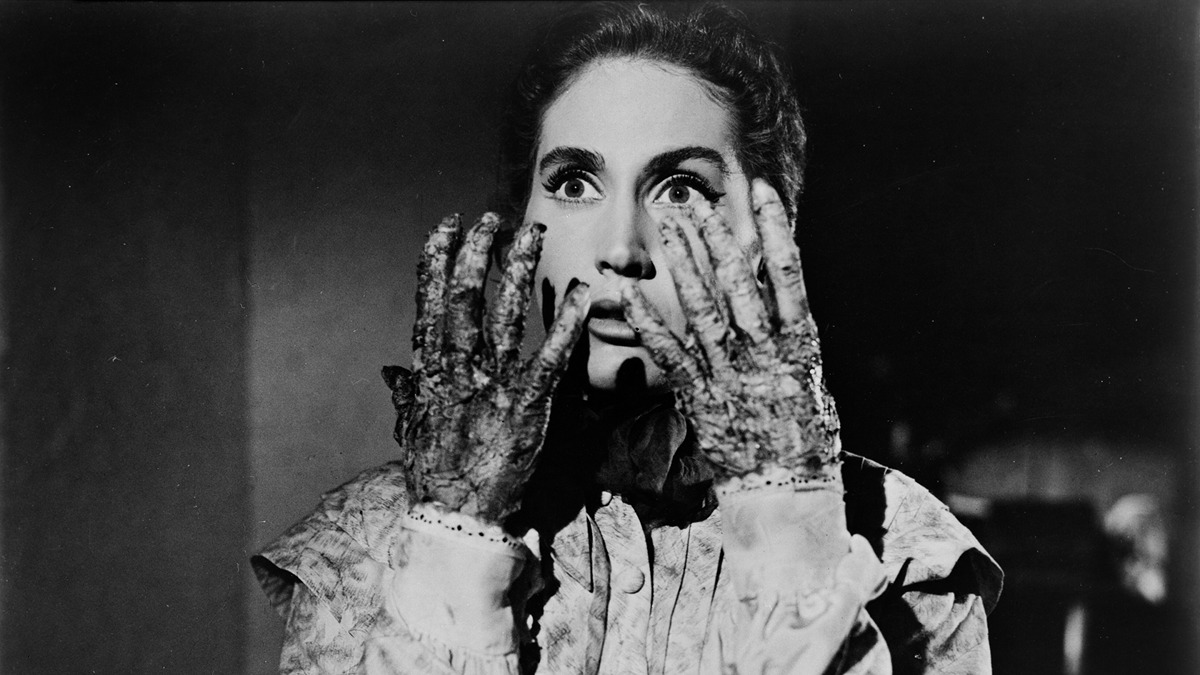
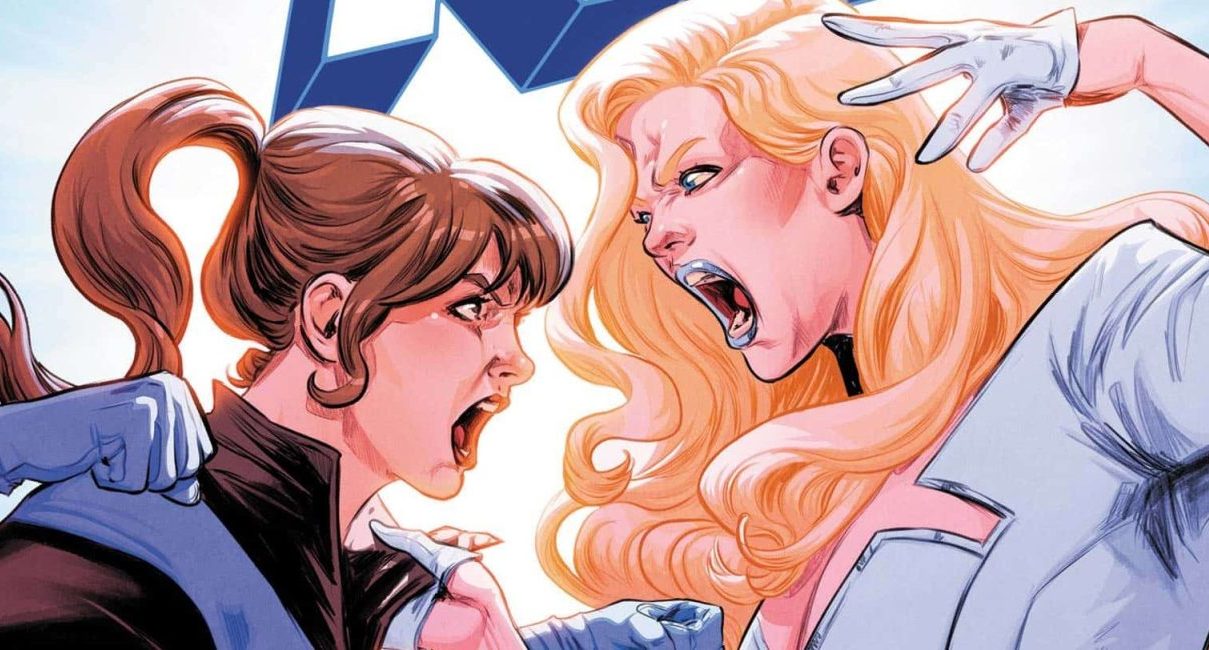
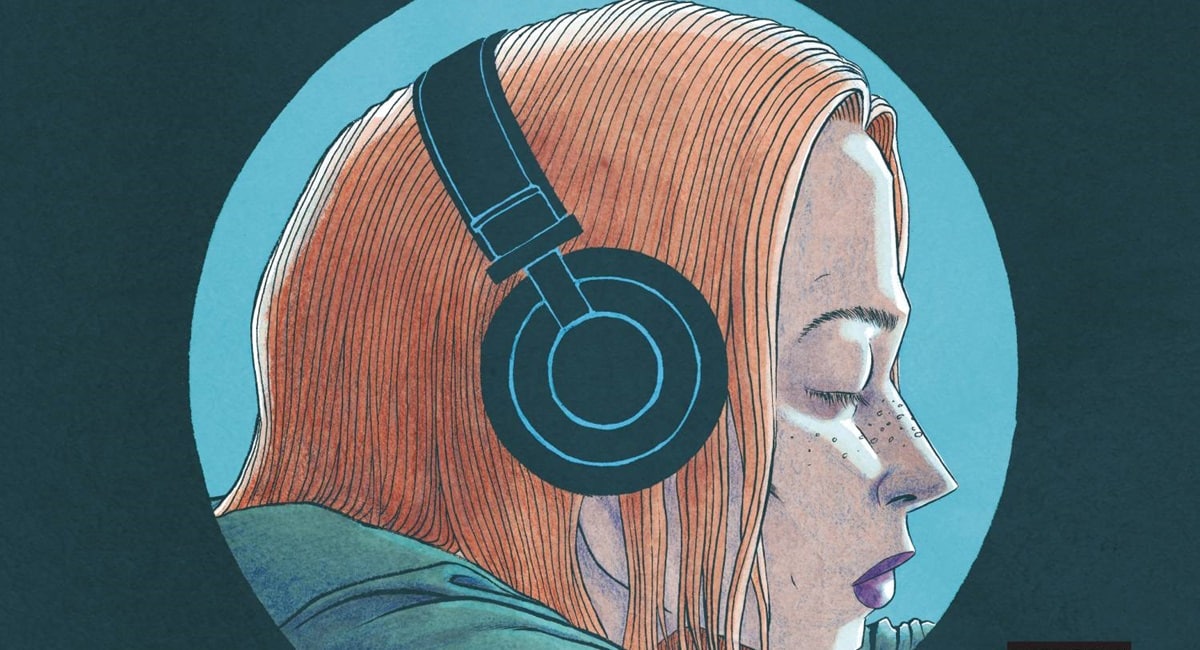
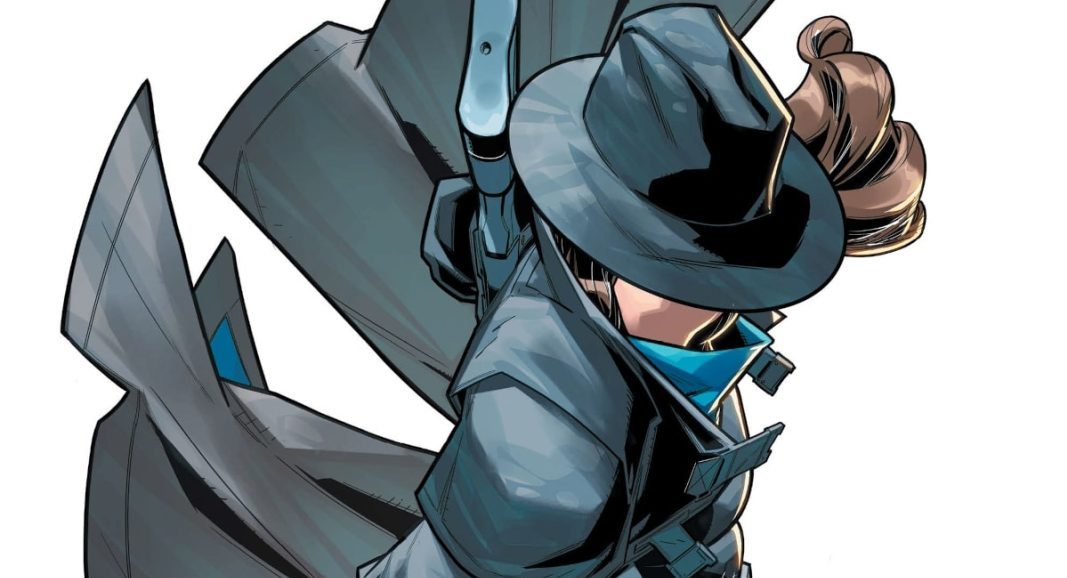
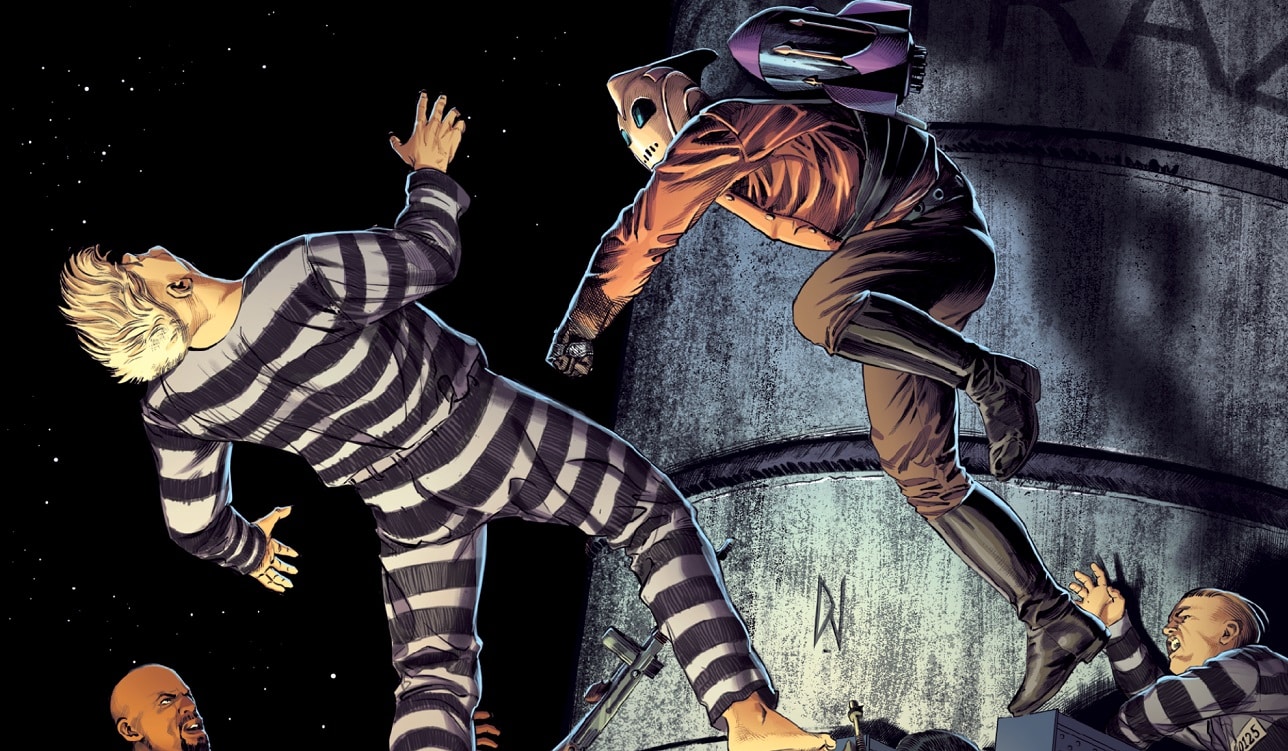












 English (US) ·
English (US) ·